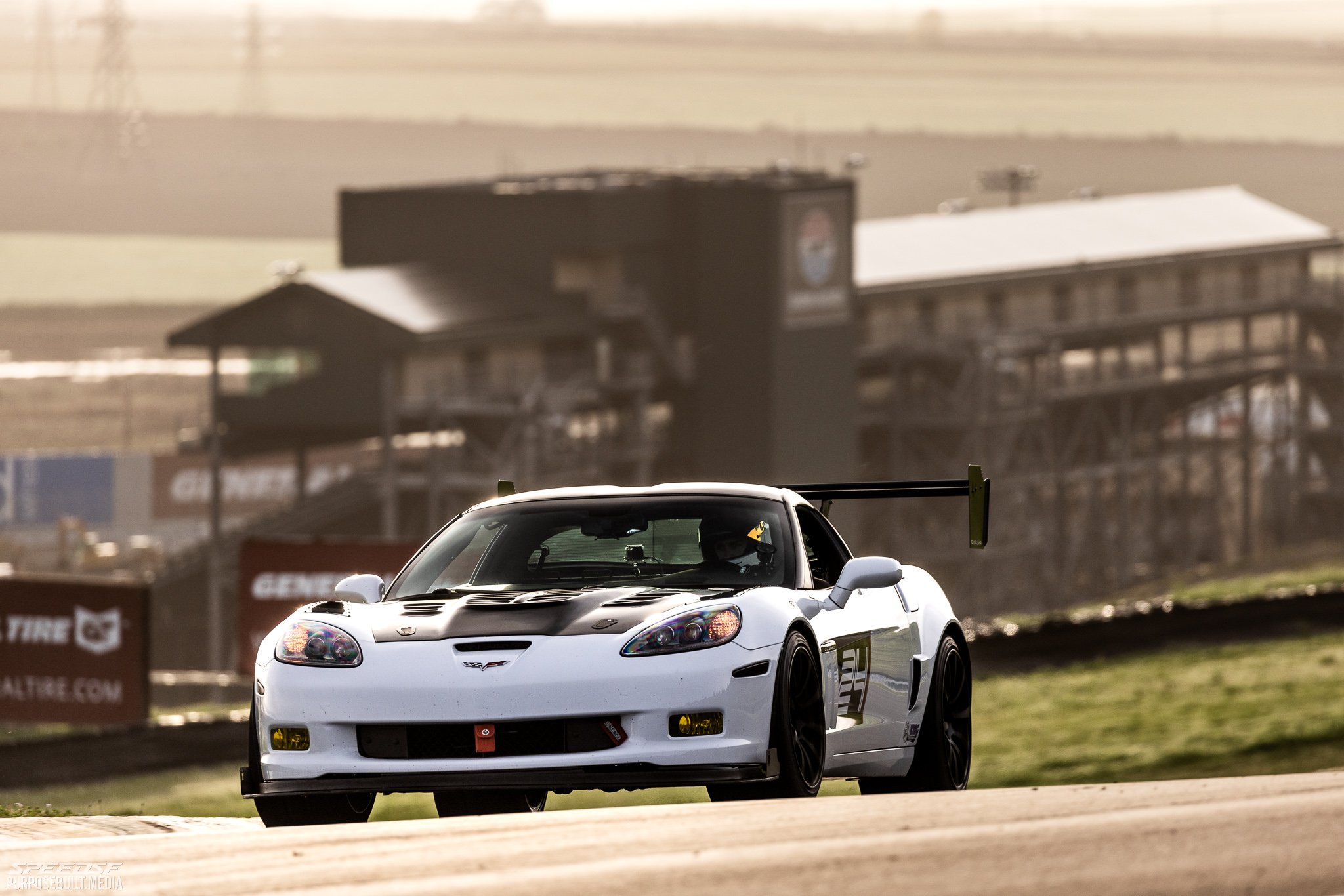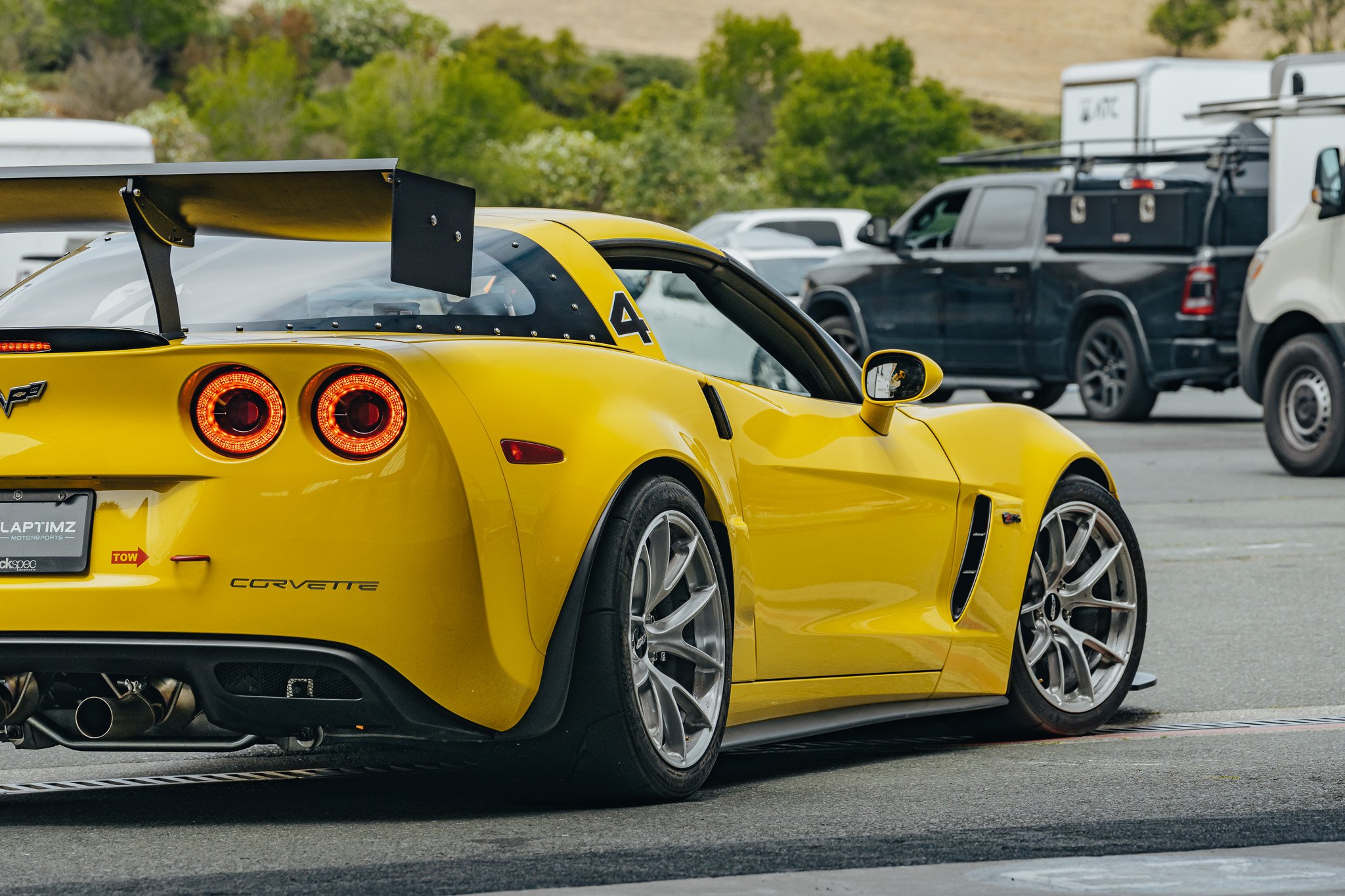
SpeedSF Blog
Every Build Has a Story – Meet the Cars of SpeedSF

Bennet’s C8: Driver Mod Comes First
After making the jump from a Tesla Model 3 into a gen-two BRZ, Bennet realized that he had to continually tailor his driving approach to suit the new platform. He took that understanding into his next purchase, a C8 Corvette, and soon grew to love the MR platform which, initially, had been a little too challenging.

Cory’s C6 Grand Sport: Safe Not Sorry
After Cory Smetzler saw the light during a ridealong in a C6 Z06, he bought a Grand Sport from the same generation. It might not have the biggest motor or the lightest chassis in the lineup, but it has a few features which have offered him peace of mind with small few setbacks.

Thomas' Corvette: In Good Company
In only two years, Thomas has learned more than most will grasp in a decade of track days. Having a solid, dependable C5 has helped him put in his time, and having Elite Performance as a resource has made fine-tuning the car so much simpler.

Rich Bonem's BRZ-Camaro Dilemma: Speed Costs Money
After a challenging, fruitful foray into time trials with his BRZ, Rich started to crave a little more. He decided to buy himself a Camaro SS, and though fast and thrilling, he found it had one major flaw.

Matt Paige's C6 Z06: The Track Rat’s Idea of a Hybrid
Rather than chase big power, Matt Paige made the necessary adjustments to this cost-no-object Corvette track car to make it reliable, approachable, and sexy.
